Veggies and olives have been staples in diets across the globe for millennia, deeply rooted in the culinary traditions of Mediterranean countries, as well as many Asian and African cultures. Vegetables, with their wide variety, are indispensable in the culinary world, providing textures, flavors, and colors that are the backbone of dishes. Olives, both as fruit and through their oil, have a historical significance dating back to ancient times, revered not only for their taste but also for their health benefits and the role they play in cultural and religious practices around the Mediterranean.
Vegetables are an essential source of vitamins, minerals, fiber, and antioxidants, contributing to various health benefits such as reducing the risk of chronic diseases. Different colors in vegetables indicate various nutrients that can boost immune system function, improve eye health, and contribute to a well-balanced diet. Olives and olive oil are high in monounsaturated fats, particularly oleic acid, known for their effects on cardiovascular health. They are also rich in antioxidants, combating oxidative stress and potentially reducing the risk of chronic conditions like heart disease, diabetes, and certain forms of cancer.
Veggies and Olives Meal Recipe
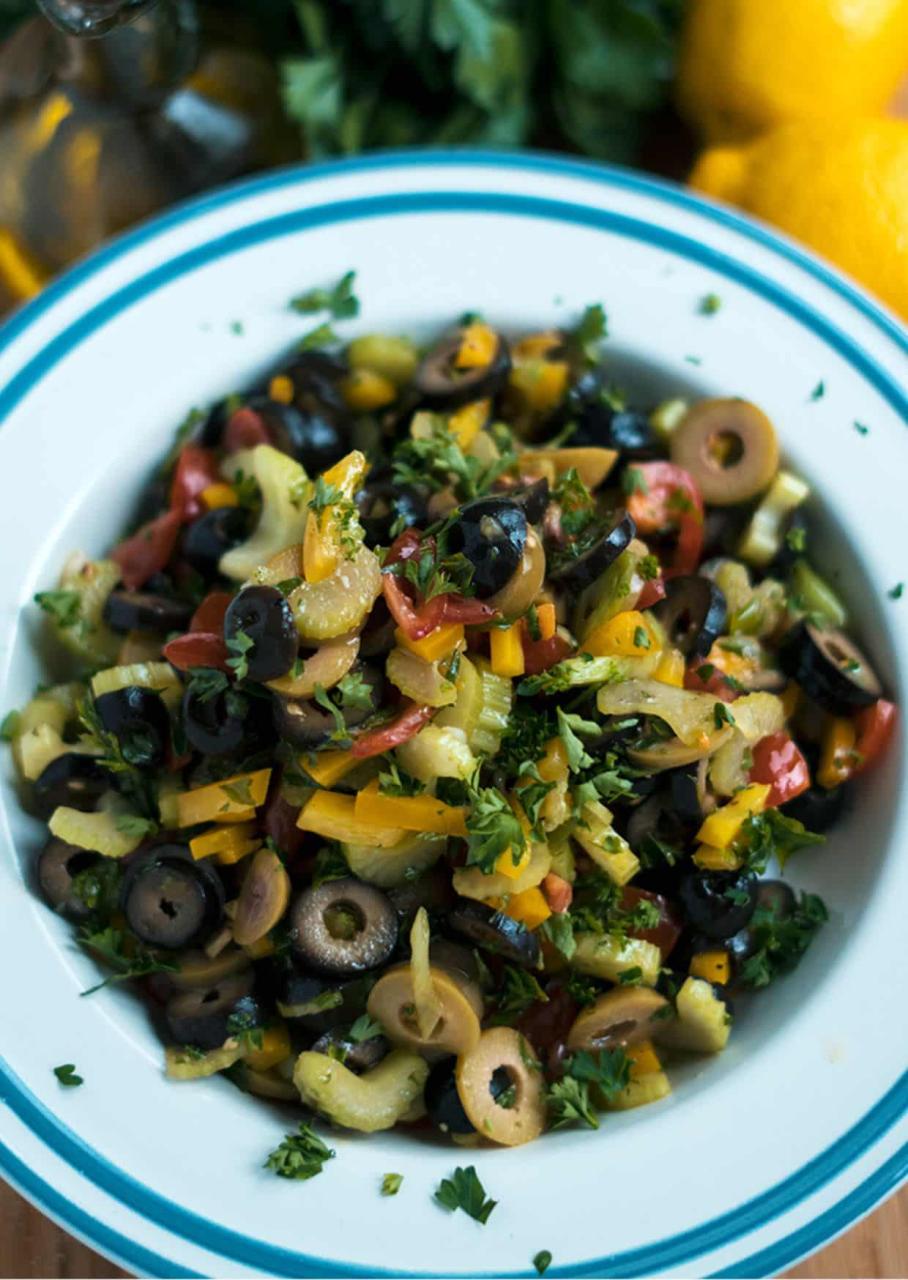
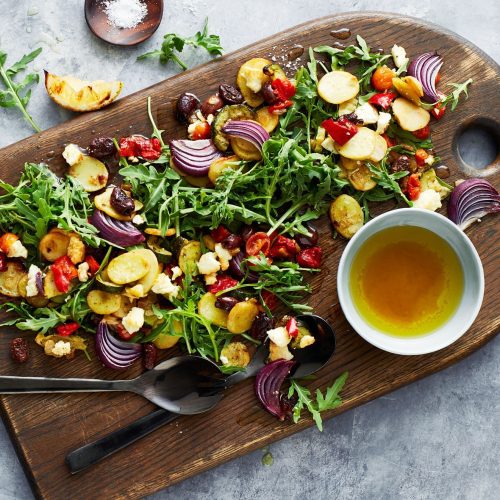
Veggies and Olives Meal
Equipment
- 1 pressure cooker
- 1 bowl
Ingredients
- Pepper
- Salt
- 2 Tbsp. Chopped basil
- 1/4 c. Pitted Kalamata olives
- 2 Tbsp. Pine nuts
- 1 Tbsp. Rinsed capers
- 1/4 c. Olive oil
- 1/4 c. Raisins
- 1 Chopped onion
- 1 Diced red bell pepper
- 8 Grape tomatoes
- 1 Cubed eggplant
- 1 Cubed zucchini
- 1 Cubed potato
Instructions
- Heat some olive oil into your prepared pressure cooker before adding in the onion and letting this cook to become tender.
- Then throw in the eggplant and the potatoes and let this cook so they have time to brown a bit.
- Now it is time to add in the zucchini and the bell pepper and cook a bit longer. Once those are ready, add in the pine nuts, pepper, salt, olives, capers, basil, and raisins.
- Once all of the ingredients are inside, seal up the pressure cooker and turn it on to the highest pressure. This meal will need to stay warm inside for about 6 minutes.
- Allow some time for the pressure to release. When you can take the lid off, add in the grape tomatoes and let it stir around.
- Move these vegetables to a bowl, top with some of the extra pine nuts, and then serve it warm.
Cooking Tips about Veggies and Olives Meal
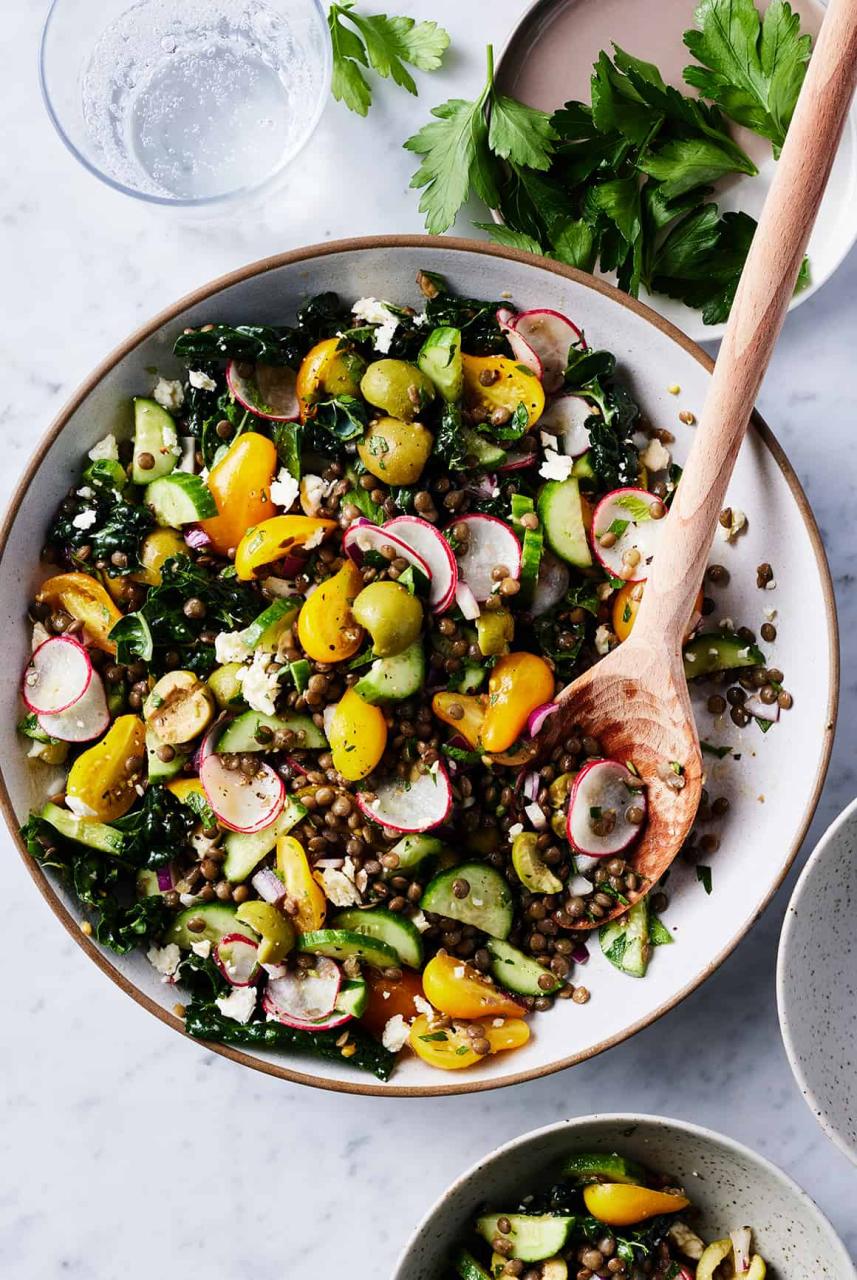
- Blanching Vegetables: Briefly boiling vegetables like broccoli, green beans, or carrots and then plunging them into ice water helps retain vibrant colors and crisp textures. This method also preserves most of their nutrients.
- Roasting to Enhance Flavor: Roasting vegetables such as potatoes, carrots, and Brussels sprouts at a high heat can caramelize their natural sugars, enriching their flavors. A drizzle of olive oil and a sprinkle of sea salt before roasting can add an extra layer of taste.
- Incorporating Olives in Salads: Mix sliced or whole olives into salads to add a burst of flavor and heart-healthy fats. Kalamata olives are great in Greek salads, while green olives can complement a simple tomato and cucumber salad.
- Emulsifying Dressings: Olive oil can be whisked with vinegar, lemon juice, herbs, and spices to create homemade dressings that are healthier and more flavorful than many store-bought options. These dressings can be used on salads, cooked vegetables, or as marinades.
- Using Olive Paste or Tapenade: An olive paste or tapenade can serve as a flavorful spread for sandwiches, a rich addition to pasta sauces, or a robust topping for grilled meats or fish, adding complexity and depth to dishes.
- Sautéing with Olive Oil: Sauté vegetables in olive oil over medium heat to soften them and enhance their natural flavors. Adding garlic or onions first can create a savory base for any vegetable dish.
- Seasoning and Herbs: Simple seasoning with salt, pepper, and fresh herbs like basil, thyme, or rosemary can significantly elevate the taste of vegetables and olives. Experiment with combinations to find what best suits your palate.
- Grilling for Smokiness: Grilling vegetables and olives (on skewers or in grill baskets) adds a smoky dimension to their taste, perfect for summertime meals. Brushing them with a mixture of olive oil and herbs before grilling can prevent sticking and add extra flavor.
- Creating Colorful Combinations: Use a variety of colored vegetables to make your dishes visually appealing and nutritionally diverse. Each color represents different nutrients, so the more colors, the better.
- Mindful of Cooking Times: Different vegetables have varying cooking times. To ensure even cooking, start with those that take longer (like root vegetables) and add quicker-cooking varieties (like leafy greens) towards the end.
Serving suggestions about Veggies and Olives Meal
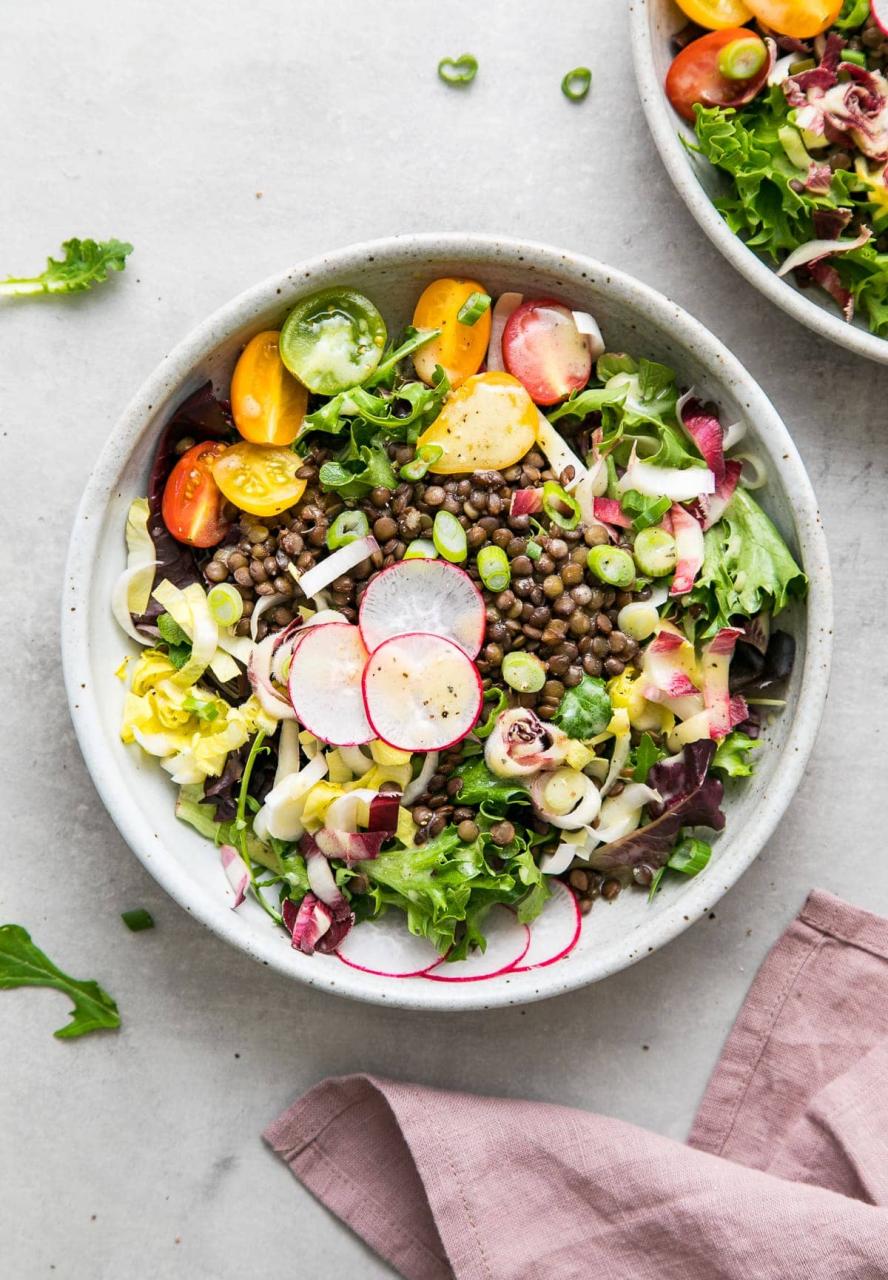
- Mediterranean Platter: Assemble a vibrant platter featuring an assortment of blanched and grilled vegetables like zucchini, bell peppers, and eggplants. Add a variety of olives, hummus, tzatziki, and whole wheat pita bread. This not only offers a balance of flavors and textures but also encourages communal dining.
- Colorful Salads with Olive Dressing: Create salads that burst with color – think rainbow carrots, ripe tomatoes, purple cabbage, and leafy greens. Top off with a homemade olive oil-based dressing, perhaps incorporating crushed olives for an added punch. Introduce toppings like nuts or seeds for extra crunch and nutrition.
- Roasted Vegetable and Olive Tart: A savory tart filled with roasted vegetables such as sweet potatoes, red onions, and asparagus, along with a generous scattering of olives, can be a showstopper. Use a whole grain or almond flour crust for a healthier twist. Serve with a side of mixed leaf salad dressed in an emulsified olive oil dressing.
- Olive Tapenade Pasta: Mix an olive tapenade through freshly cooked pasta, adding in sautéed cherry tomatoes, spinach, and plenty of garlic for extra flavor. Top with shaved Parmesan or a vegan cheese alternative to cater to all dietary preferences.
- Grilled Veggie and Olive Skewers: Marinate a selection of cubed vegetables and whole olives in olive oil, lemon juice, garlic, and herbs. Thread onto skewers and grill until charred and tender. These skewers can be served over a bed of quinoa or alongside a fresh Greek salad.
- Vegetable and Olive Stew: Slow cook a rustic stew with chunky vegetables, a variety of olives, and rich tomato-based sauce. Serve this comfort food with a side of crusty whole grain bread to soak up the delicious flavors.
- Simple Sides: Sometimes, simplicity speaks volumes. Lightly sautéed greens with slivers of garlic, a sprinkle of chili flakes, and whole olives make for a delightful side dish. Or, offer a bowl of mixed olives dressed in olive oil and herbs as a simple yet satisfying appetizer.
- Desserts: While vegetables and olives are not traditional dessert ingredients, consider incorporating olive oil into baked goods for a healthier fat option. Olive oil cakes with citrus zest embody a perfect balance of lightness and moisture, making for a refreshing end to any meal.
Top 5 FAQs about Veggies and Olives Meal
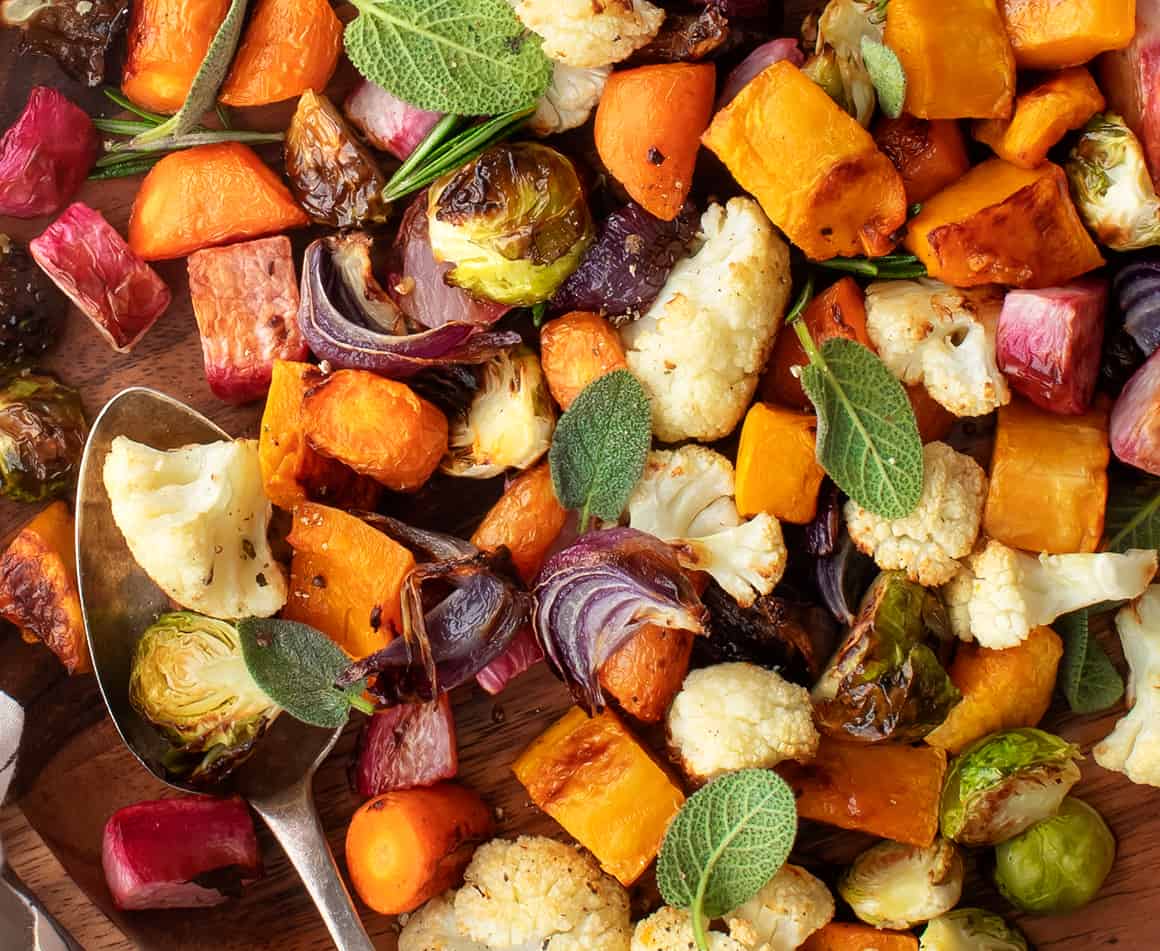
- What are the health benefits of incorporating vegetables and olives into my diet? Vegetables and olives offer numerous health benefits due to their high content of vitamins, minerals, fiber, antioxidants, and healthy fats. Eating a diet rich in these foods can improve heart health, reduce the risk of chronic diseases, boost immune system function, and support overall well-being.
- How can I make vegetables and olives interesting for someone who doesn’t like them? Incorporating vegetables and olives into meals creatively can make them more appealing. Try roasting, grilling, or sautéing vegetables with seasonings and olive oil to enhance their flavor. Using olives in tapenades or as additions to salads and pasta dishes can also introduce their flavors more subtly.
- Are olives and olive oil interchangeable in recipes? While olives and olive oil share some common flavors and health benefits, they are not always interchangeable in recipes due to differences in texture and intensity. Olive oil is best used for cooking, dressings, and marinades, while whole or chopped olives are excellent for adding texture and bursts of flavor to dishes.
- Can I use any type of olive oil for cooking and dressings? Extra virgin olive oil is preferred for its superior flavor and antioxidant content, ideal for dressings, dips, and finishing dishes. For cooking at higher temperatures, light or refined olive oil, which has a higher smoke point, can be a better choice.
- How should I store vegetables and olives to maintain their freshness? Most vegetables are best stored in the crisper drawer of your refrigerator, away from ethylene-producing fruits to prevent premature spoilage. Olives should be kept in their brine or olive oil in a sealed container in the refrigerator. Opened canned or jarred olives will last several weeks if stored properly, whereas fresh olives have a shorter shelf life.
The intertwined journey of vegetables and olives through culinary history showcases a rich tapestry of traditions, health benefits, and flavors that have captivated cultures worldwide. This story, ranging from ancient civilizations to contemporary kitchens, underscores the enduring appeal and significance of these ingredients. Vegetables, in their splendid variety, offer a palette of flavors, textures, and nutritional benefits that are essential to a wholesome diet, contributing to vitality and preventing numerous health conditions. Olives and olive oil enrich this narrative with their heart-healthy fats and antioxidants, embodying the essence of Mediterranean heritage while appealing to a global audience seeking both wellness and taste.
Leave a Reply